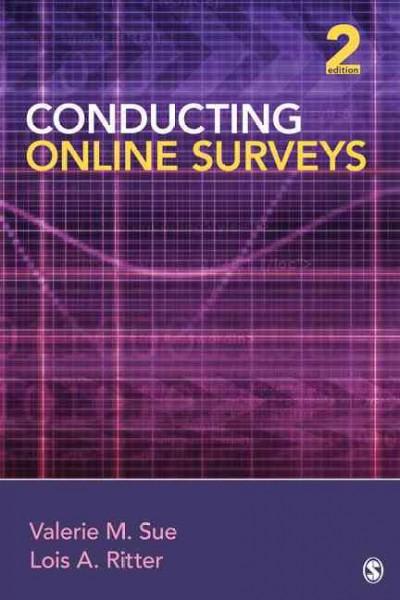Question
NAEYC Standard 4: Teaching and Learning (a, b, c, d) & Supportive Skills 2 & 3 Student Name ___________________________________________ Date _____________________ Name of Activity _____________________________________________
NAEYC Standard 4: Teaching and Learning (a, b, c, d) & Supportive Skills 2 & 3
Student Name ___________________________________________ Date _____________________
Name of Activity _____________________________________________ Activity # ___________________
Developmental Area(s) cognitive social emotional fine motor gross motor speech and language creative
Curriculum area: __________________________________________________________________________
Age group: _______ Group size: _________ Duration and Time of Day: ______________________________
1. Objective:What are A, B, C, D learner focused objectives and why do we write them?
2. Describe the cultural (e.g. traditions, customs, values) and/or family considerations and any enrichment opportunities to meet the needs of all children in the classroom.In our planning why do we always want to try to include our families and the cultures of the families that are with us?
3. List past experiences or previous activities necessary. What is the importance of thinking about, keeping track of and sequencing past experiences?
4. Describe developmental skills necessary for success and any adaptations needed for children with delays in skill development as guided by developmentally appropriate practice.What are the developmental areas and why do we want to consider and plan for them with each age of children that are with us in our classrooms and add supports just in case needed?
5. Materials: What things are important to consider when planning on what materials are needed?
6. Possible issues to consider: Not developmental considerations, but what types of issues do we want to think about when planning activities. Why is it important to plan for possible issues that might come up in an activity?
7. Presentation:
Introduction: What essentials do we want to include in our conversations with the children in the intro? What types of things do we not want to include?
- Procedure: What are important considerations to write down in planning the procedures in an activity and plan for while children are exploring during the activity? What are some words we should never use when talking with young children?
End: What essentials do we want to be included in our conversations with the children in the ending? What types of things do we not want to include?
8. Transition: What essential words do we want to be included in the transitional statement? What types of things do we not want to include?
9. Extensions: What is the importance of keeping track of and sequencing extension ideas?
10. Family Enrichment Activities:What is the importance of planning enrichment ideas?
11. Observations: What are the two types of observations we make after every plan and what do we look back at to know what to observe for?
12. Evaluation of the activity based on your observations: How do we know what to evaluate? What are evaluations based on?
Step by Step Solution
There are 3 Steps involved in it
Step: 1

Get Instant Access to Expert-Tailored Solutions
See step-by-step solutions with expert insights and AI powered tools for academic success
Step: 2

Step: 3

Ace Your Homework with AI
Get the answers you need in no time with our AI-driven, step-by-step assistance
Get Started


